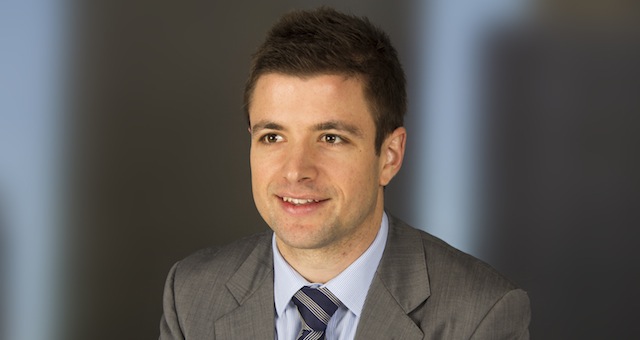
Hotel occupancy rates posted a new high of 68% nationally in 2014, as another remarkably strong year for Australia’s hotel market saw it grow a further 2.2% over the course of 12 months, according the Deloitte’s latest edition of the Tourism and Hotel Market Outlook.
“With international visitors continuing to be drawn to Australia in record numbers, and domestic visitor nights growing at their fastest pace in two decades, the Australian hotel sector has had another very positive year,” said Deloitte Access Economics Partner, Lachlan Smirl.
“Gains made nationally over the past five years are now double that lost during the global financial crisis, with both occupancies and room rates at levels never previously recorded. Occupancy rates in Sydney and Melbourne, in particular, pushed well into the mid-90% on peak nights. Hotels in Darwin matched the average daily rates of the Gold Coast as Australia’s fastest growing, despite recording a decline in occupancy.
“At the same time, the impacts of the receding mining construction boom continued to be apparent as conditions in Perth and Brisbane remained subdued.
“With the outlook for travel and tourism strengthening, Australia’s hotel market is poised to push further into unchartered but positive territory. With sharp falls in oil prices fanning the impacts of a weaker Australian dollar, improved growth prospects for both domestic travel and international tourism will shape hotel performance over the coming months,” he said.
Hotel development
Looking ahead, the pipeline of new hotel developments remains healthy, with 75 properties on the cards for the next three years, up from 71 six months ago.
“Critically, the number of rooms in the three year pipeline is 15% lower than this time last year,” Smirl said. “Despite occupancies charting higher and higher, especially in Sydney and Melbourne, the number of new projects on the cards remains modest relative to the demand outlook.
“While both markets posted solid growth in average daily rate (ADR) in 2014, the fact that growth was firmly within the range of its long-term average belied the record high occupancies and did little to boost the hotel investment business case,” he said.
Key Outlook forecast points include:
-Demand for hotel rooms is projected to grow at double the pace of supply over the next three years;
-With a modest room pipeline, occupancy rates nationally to increase by 2.5% to reach 70.8% by 2017;
-Room rates and revenue per available room (RevPAR) to grow 3.5% and 4.9% respectively, per year to the end of 2017 – an upward revision to forecasts of six months ago;
-Continued strong growth in international visitors to Sydney and Melbourne will nudge both markets to 90% average occupancy by 2017;
-The strong development pipelines in Perth and, to a lesser extent, Canberra – two markets where demand growth is slowing – will mature, weighing on performance in these markets; and
-Varying market conditions will result in a wide range of RevPAR performance across capital city markets, spanning from increases of 5.4% per annum, to marginal declines over the next three years.
Gateway cities
-Sydney averaged 87% occupancy over the course 2014, edging out Melbourne (86%) to assume the mantle of highest occupancy;
-Hobart, Adelaide and the Gold Coast all posted strong gains in occupancy (averaging 4% growth);
-Brisbane and Perth continued to feel the effects of the cooling resources boom, with the maintenance of occupancies coming at the expense of ADR growth;
-Occupancy rates grew 1.9% in Brisbane and fell 4% in Perth;
-Darwin (74%) witnessed a decline in occupancies, though average daily rates matched those of the Gold Coast as Australia’s fastest growing; and
-Canberra (67%) continues to feel the pinch of fiscal restraint, despite the fervour generated by recent events on the hill.
Deloitte’s Tourism and Hotel Market Outlook utilises the forecasting, modelling and analytical expertise of Deloitte Access Economics, one of Australia’s leading economics advisory practices. The Outlook also draws on Deloitte’s real estate industry experience and insights, and a range of other sources, including hotel data generated by STR Global Limited.

